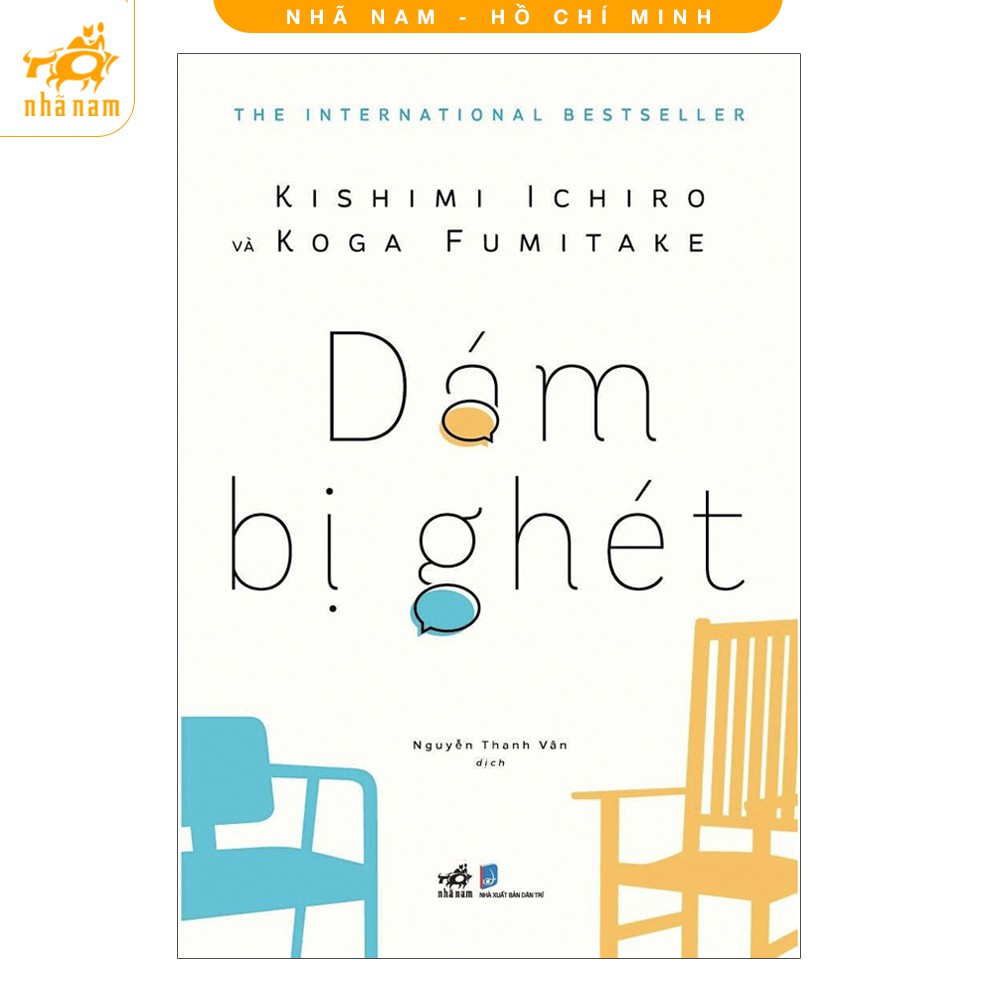Erythritol
| Erythritol | |
|---|---|
 | |
 | |
| Tên hệ thống | (2R,3S)-Butane-1,2,3,4-tetrol |
| Tên khác | (2R,3S)-Butane-1,2,3,4-tetraol (not recommended) |
| Nhận dạng | |
| Số CAS | |
| PubChem | |
| DrugBank | DB04481 |
| KEGG | |
| ChEBI | |
| ChEMBL | |
| Ảnh Jmol-3D | ảnh ảnh 2 |
| SMILES | đầy đủ
|
| InChI | đầy đủ
|
| UNII | |
| Thuộc tính | |
| Khối lượng riêng | 1.45 g/cm³ |
| Điểm nóng chảy | 121 °C (394 K; 250 °F) |
| Điểm sôi | 329 đến 331 °C (602 đến 604 K; 624 đến 628 °F) |
| MagSus | −73.80·10−6 cm³/mol |
| Các nguy hiểm | |
| NFPA 704 |
|
Trừ khi có ghi chú khác, dữ liệu được cung cấp cho các vật liệu trong trạng thái tiêu chuẩn của chúng (ở 25 °C [77 °F], 100 kPa). | |
Erythritol ((2R,3S)-butane-1,2,3,4-tetrol) là một rượu đường (hoặc polyol) đã được phê duyệt để sử dụng như một phụ gia thực phẩm ở Hoa Kỳ [1] và trên khắp thế giới. Nó được phát hiện vào năm 1848 bởi nhà hóa học người Scotland John Stenhouse.[2] Erythritol lần đầu tiên được phân lập vào năm 1852, nhưng đã không trở thành thương mại hóa như một loại rượu đường cho đến những năm 1990 tại Nhật Bản.[3]
Nó xuất hiện tự nhiên trong một số loại trái cây và thực phẩm lên men.[4] Ở cấp độ công nghiệp, nó được sản xuất từ glucose bằng cách lên men với men, Moniliella pollinis.[1] Erythritol ngọt bằng 60-70% ngọt sucrose nhưng gần như không có calori,[5] không ảnh hưởng đến lượng đường trong máu,[6] không gây sâu răng,[7] và được cơ thể hấp thu một phần, bài tiết trong nước tiểu và phân. Theo yêu cầu ghi nhãn của Cơ quan quản lý dược phẩm và thực phẩm Hoa Kỳ (FDA), nó có giá trị calo 0,2 kilocalories / gram (ít hơn đường 95% và carbohydrates khác), mặc dù ghi nhãn dinh dưỡng thay đổi theo từng quốc gia. Một số quốc gia, chẳng hạn như Nhật Bản và Hoa Kỳ, ghi nhãn là không có calo; Liên minh châu Âu nhãn nó là 0 kcal / g.[8]
Tham khảo
[sửa | sửa mã nguồn]- ^ a b FDA/CFSAN: Agency Response Letter: GRAS Notice No. GRN 000076
- ^ Việc phát hiện ra erythritol, mà Stenhouse gọi là "erythroglucin", đã được công bố trong: Stenhouse, J. (ngày 1 tháng 1 năm 1848). “Examination of the proximate principles of some of the lichens”. Philosophical Transactions of the Royal Society of London. 138: 63–89, see especially p. 76. doi:10.1098/rstl.1848.0004.
- ^ Boesten, D.M.P.H.J.; den Hartog, G.J.M.; de Cock, P. (2015). “Health effects of erythritol”. Nutrafoods. 14 (3). doi:10.1007/s13749-014-0067-5.
- ^ Shindou, T.; Sasaki, Y.; Miki, H.; Eguchi, T.; Hagiwara, K.; Ichikawa, T. (1988). “Determination of erythritol in fermented foods by high performance liquid chromatography” (pdf). Shokuhin Eiseigaku Zasshi. 29 (6): 419–22. doi:10.3358/shokueishi.29.419.
- ^ Vasudevan, D. M. (2013). Textbook of biochemistry for medical students. New Delhi: Jaypee Brothers Medical Publishers (P) LTD. tr. 81. ISBN 978-93-5090-530-2.
- ^ Moon, HJ; Jeya, M; Kim, IW; Lee, JK (tháng 4 năm 2010). “Biotechnological production of erythritol and its applications”. Applied Microbiology and Biotechnology. 86 (4): 1017–25. doi:10.1007/s00253-010-2496-4. PMID 20186409.
- ^ Kawanabe, J.; Hirasawa, M.; Takeuchi, T.; Oda, T.; Ikeda, T. (1992). “Noncariogenicity of erythritol as a substrate”. Caries Research. 26 (5): 358–62. doi:10.1159/000261468. PMID 1468100.
- ^ European Commission Directive 2008/100/EC Lưu trữ 2018-09-28 tại Wayback Machine changed the energy conversion values of erythritol to zero calories:
- Erythritol is a polyol, and according to the current rules as provided for in Article 5(1) of Directive 90/496/EEC, its energy would be calculated using the conversion factor for polyols, namely 10 kJ/g (2,4 kcal/g). Using this energy conversion factor would not fully inform the consumer about the reduced energy value of a product achieved by the use of erythritol in its manufacture. The Scientific Committee on Food in its opinion on erythritol, expressed on ngày 5 tháng 3 năm 2003, noted that the energy provided by erythritol was less than 0,9 kJ/g (less than 0,2 kcal/g). Therefore it is appropriate to adopt a suitable energy conversion factor for erythritol. Current regulations (Reg. (EC) 1169/2011) preserve this conversion factor at 0 kcal/g for energy value calculation purposes.
 GIẢM
-26%
GIẢM
-26%
 GIẢM
38%
GIẢM
38%
 GIẢM
25%
GIẢM
25%
 GIẢM
10%
GIẢM
10%
 GIẢM
21%
GIẢM
21%





